Reportar esta entrada
Más sobre la misma comunidad-colección
Dando bienvenida a soldados en el avión - 1970
Patti Olivas was a stewardess during the Vietnam Wartime and ...
Overseas National Airways - 1970
These are all stewardess during the Vietnam War Era. Right to ...
Patti Olivas demostrando la mascara de oxigeno - 1970
I was a stewardess for Overseas National Airways during the ...
Overseas National Airways - 1970
I flew for Overseas National Airways during the Vietnam War - ...
FAMILIA VILLELA - NUESTRA MADRE'S 65TH CELEBRACION DE CUMPLEANOS
OUR MOTHER 65TH BIRTHDAY CELEBRATION EL PASO, TX HOSTED BY: ...
FRANCISCO VILLELA & LEONARDA (LEONOR) OCHOA de VILLELA
OUR GREAT GRANDPARENTS ON MY FATHER'S SIDE - FRANCISCO VILLELA ...
FAMILIA FAVILA GALAN (VILLELA) - NUESTROS ABUELOS
OUR GRANDPARENTS ON BOTH SIDES OF OUR MOTHER AND FATHER CAME ...
1SG MUNIZ, GLORIA VILLELA, US ARMY, FIRST SERGEANT, RETIRED
I RETIRED AS A FIRST SERGEANT,(1SG) MY US ARMY SERVICE, ...
FAMILIA FAVILA VILLELA DE EL PASO, TX OCTOBRE 1986
OUR FIRST FAMILY GROUP PHOTO WHEN WE LIVED IN THE NORTHEAST IN ...
Estrella de Bronce - Fernando Villela - 1969
For heroism in ground combat against a hostile force in the ...
FERNANDO VILLELA - VIETNAM WAR PLAQUE NOV 1986 - NOV 1969
C CO, 3RD BATTALION, 4TH INF, 9TH INFANTRY DIVISION - 1968 NOV - ...
"EL PUNTA DE VISTA DE GUERRA DE UN SOLDADO" - FERNANDO VILLELA 1968 - 1969
"A SOLDIER'S VIEWPOINT OF WAR" REPLICA BY KOREAN ARTIST - ...
SP5 FERNANDO VILLELA US ARMY SERVICE JUNE 1968 - DECEMBER 1972
SP5 FERNANDO VILLELA- US ARMY SERVICE JUNE 1968 - DECEMBER 1972 ...
VIETNAM WAR 1968- 1969 ARTIST FERNANDO VILLELA
VIETNAM WAR 1968- 1969 ARTIST FERNANDO VILLELA THIS IS A ...
ESTRELLA BRONCE - FERNANDO VILLELA - EL PASO, TEXAS
FOR HEROISM IN GROUND COMBAT AGAINST A HOSTILE FORCE IN THE ...
UNA COMPANIA DE LA 9NA DIVISIÓN DE INFANTERÍA VIENE BAJO ATAQUE
A COMPANY OF 9TH INFANTRY DIVISION COMES UNDER ATTACK ...

















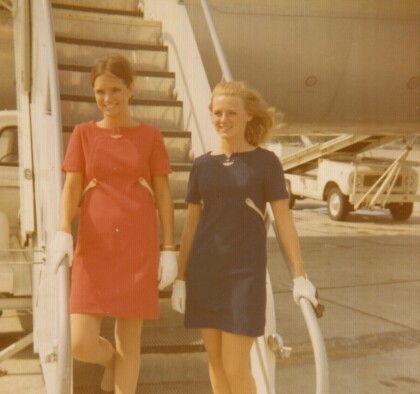
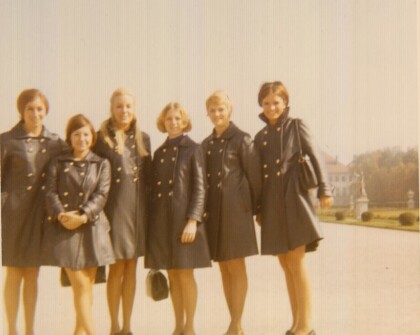
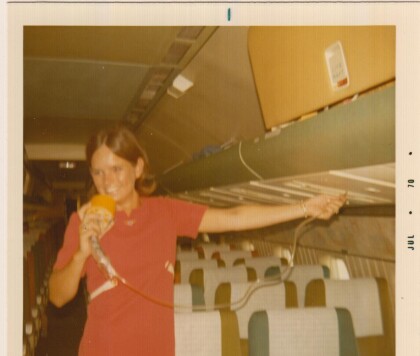
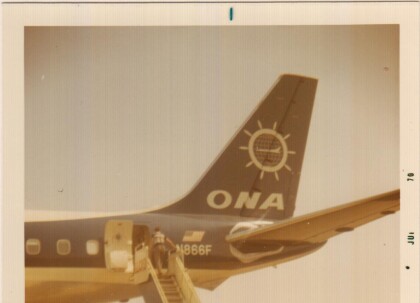

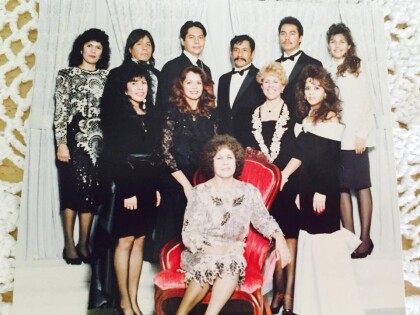
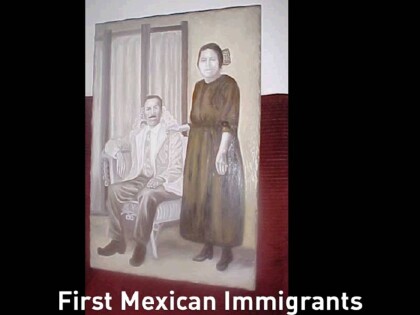
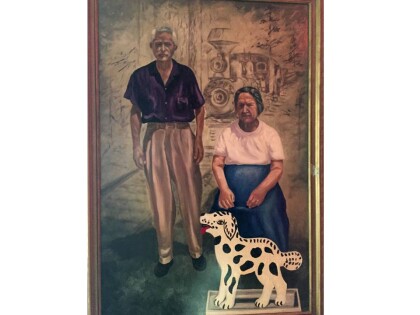
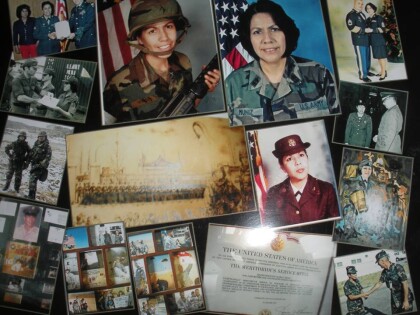
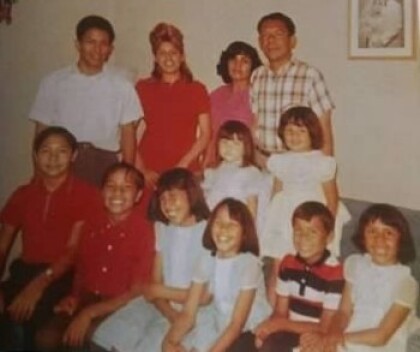
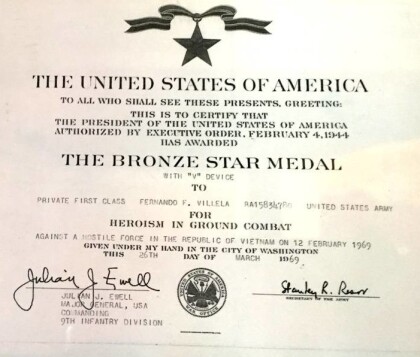



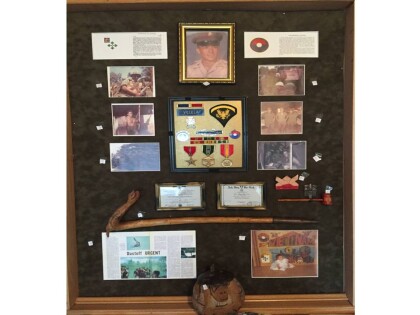
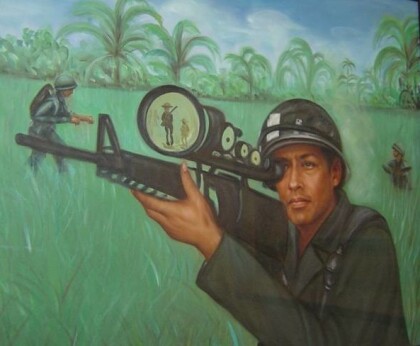
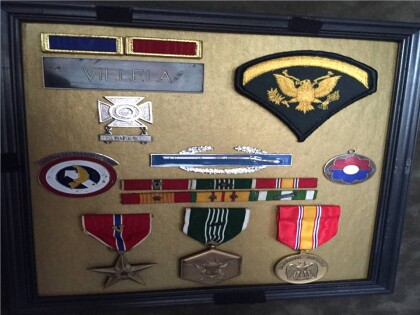

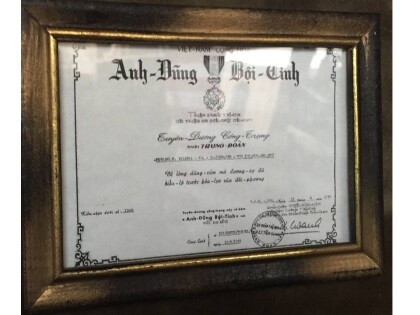
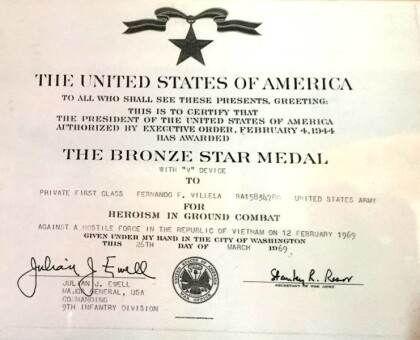
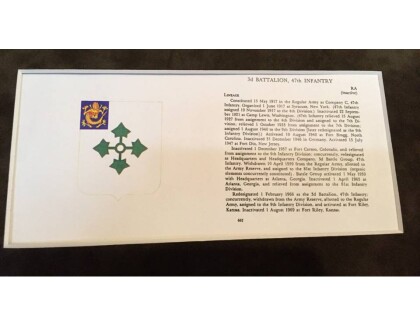
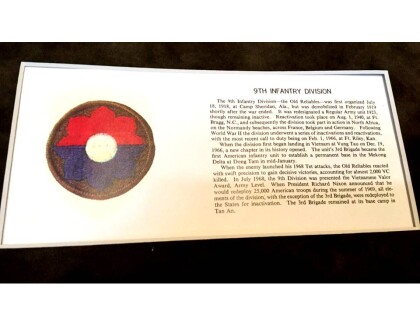
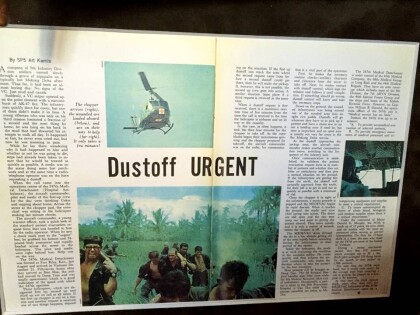
Comentarios
Hacer un comentario